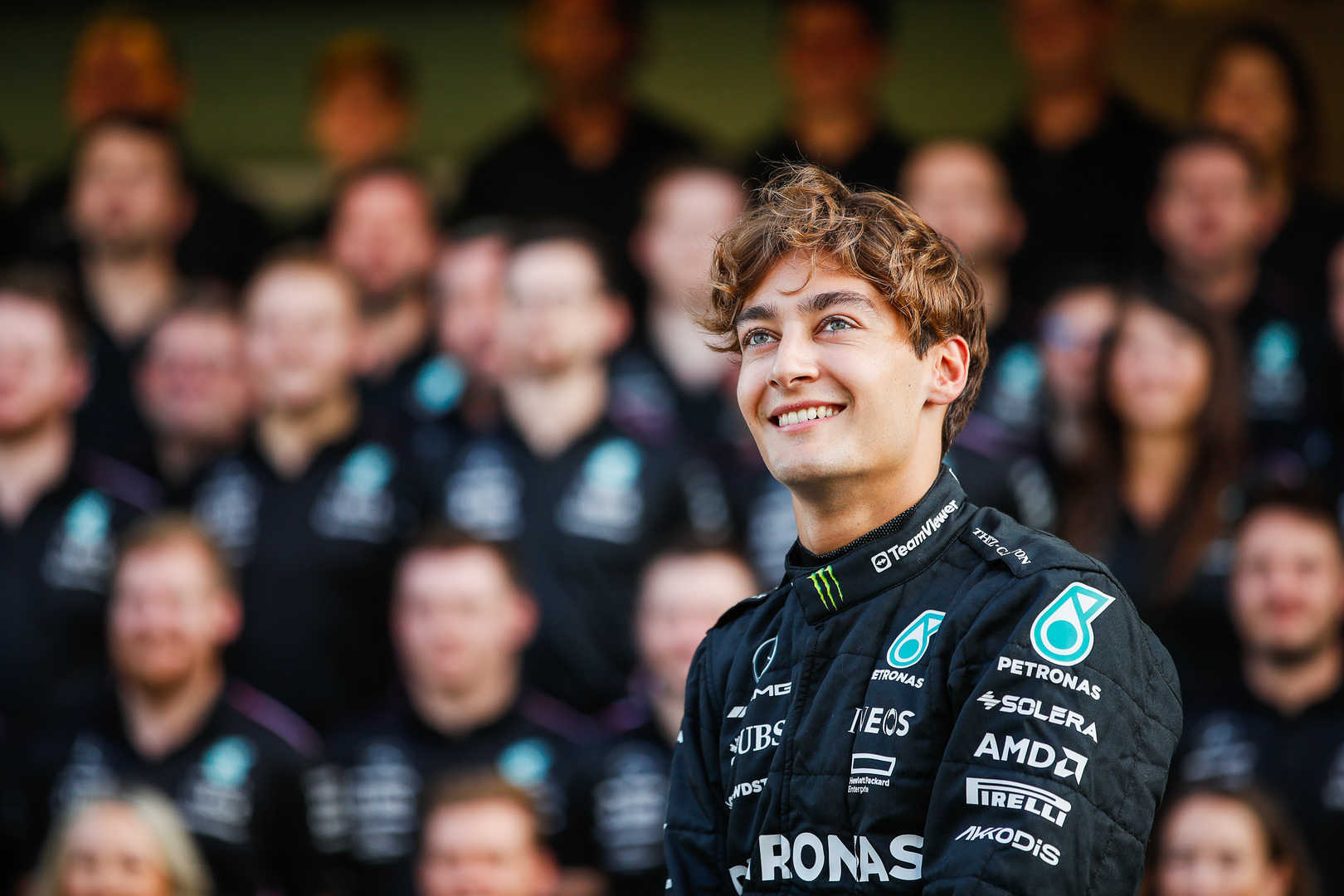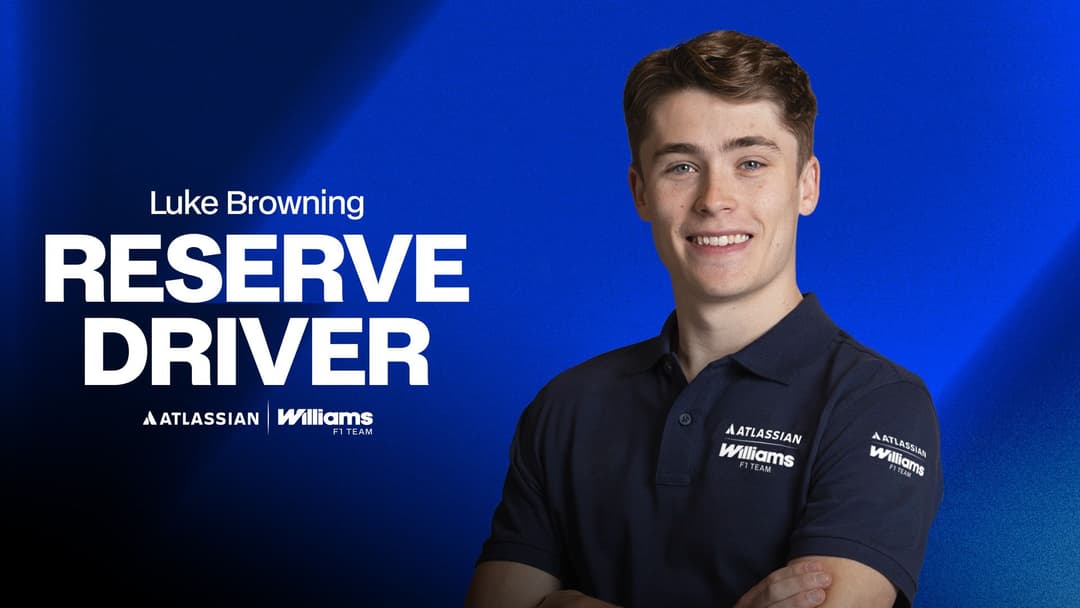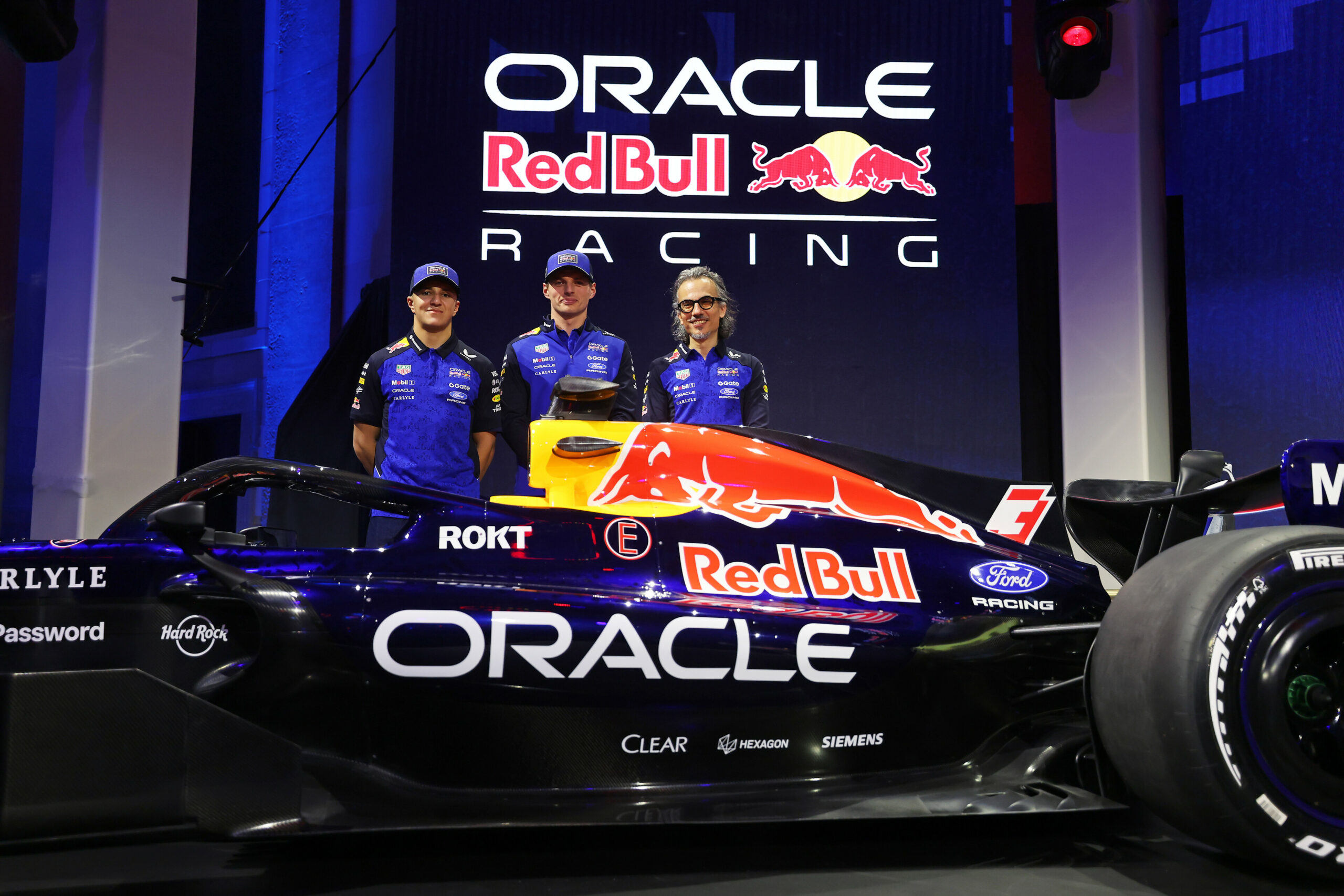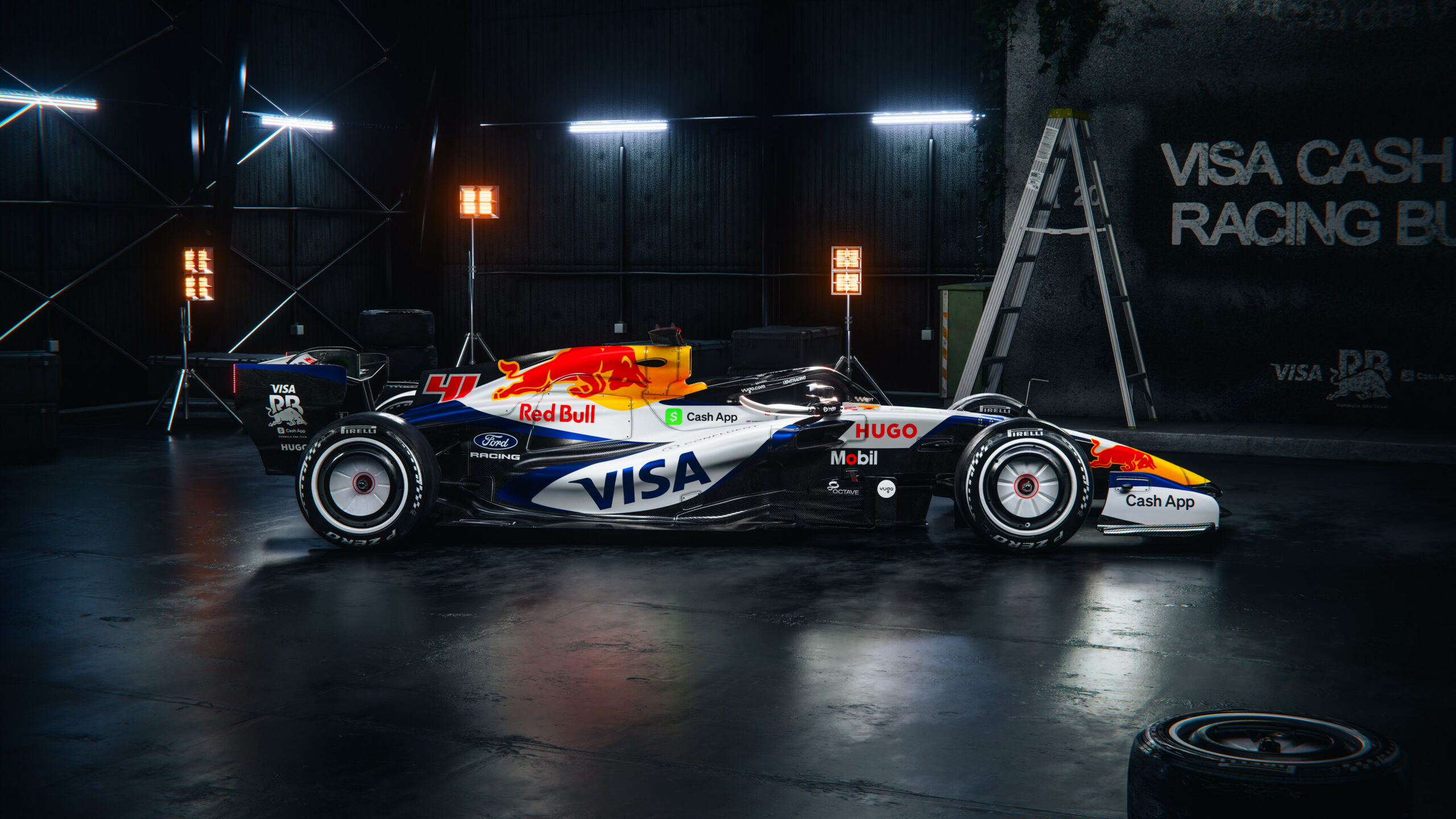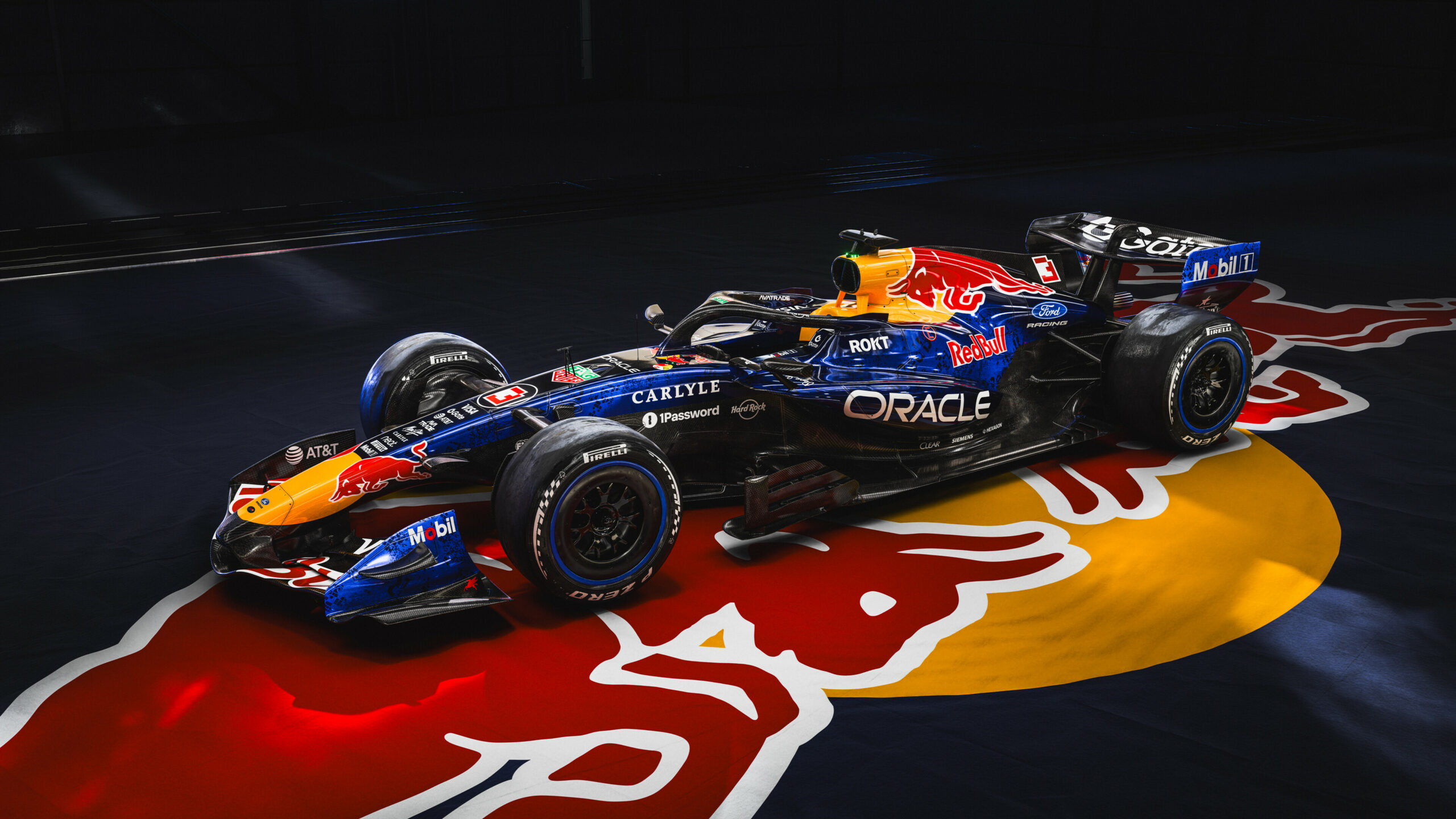In an open admission, George Russell has acknowledged that a considerable part of Mercedes’ strategy in designing their new W15 car has been centred around the feedback and preferences of his teammate, Lewis Hamilton.
This approach comes as Mercedes aims to recalibrate and reclaim their leading position in Formula 1 following a period of relative underperformance under the sport’s most recent technical regulations. Despite securing a win at the 2022 São Paulo Grand Prix with Russell, the team has struggled to consistently challenge for top honours, finishing a distant second in the Constructors’ standings to Red Bulllast season.
To combat this, Mercedes undertook a comprehensive redesign of their vehicle, hoping to mount a formidable challenge against their rivals, notably Red Bull.
Russell shed light on the development process of the W15, emphasising the significant influence Hamilton’s experience has wielded in shaping the car’s design.
Russell stated, highlighting changes influenced by Hamilton, such as the car’s rearward seating position, Red Bull-esque sidepods, and a modified steering rack. He appreciated the team’s willingness to integrate the seven-time World Champion’s insights, and he underscored the ultimate goal of achieving competitive lap times.
“I think Lewis and I have put a huge amount of work into helping steer the team and the direction we want to go in.
“Obviously, with Lewis’ experience, a lot of the car has been designed around his wishes – the car being sat further rearwards than we were last year and the Red Bull-esque sidepods and a slightly different steering rack.
“It is good the team has been listening to that but we need to see if that translates into lap time.”
When questioned about his contributions to the car’s design, Russell confirmed his involvement, placing his trust in the team’s design and aerodynamic experts. He pointed out that he and Hamilton had consistently identified similar issues with the car’s previous iterations, albeit expressing them differently. According to Russell, the team believes it has addressed these concerns through a series of adjustments, though he cautioned that there is rarely a “silver bullet” solution in Formula 1.
However, Mercedes Technical Director James Allison offered a more measured perspective on the impact of driver feedback on the car’s design. Responding to Russell’s remarks, Allison emphasized the multifaceted nature of F1 car development, wherein driver preferences constitute only a small part of the overall design considerations.
“The drivers have their inputs and we do our best to take them into account.
“But they are a small factor in deciding which way a car goes because nearly all the forces that make it quick are not related to where a driver wants to sit and stuff like that.
“So they’re just a part of the overall input that comes to the car.”
As Mercedes prepares for the season-opening Bahrain Grand Prix, the spotlight will be on how these strategic decisions—shaped significantly by driver feedback, especially from a veteran like Hamilton—will translate into performance on the track. With the team’s ambitions of returning to the pinnacle of Formula 1, the effectiveness of incorporating such feedback into the W15’s design and its resultant impact on competitiveness will be closely scrutinized.

